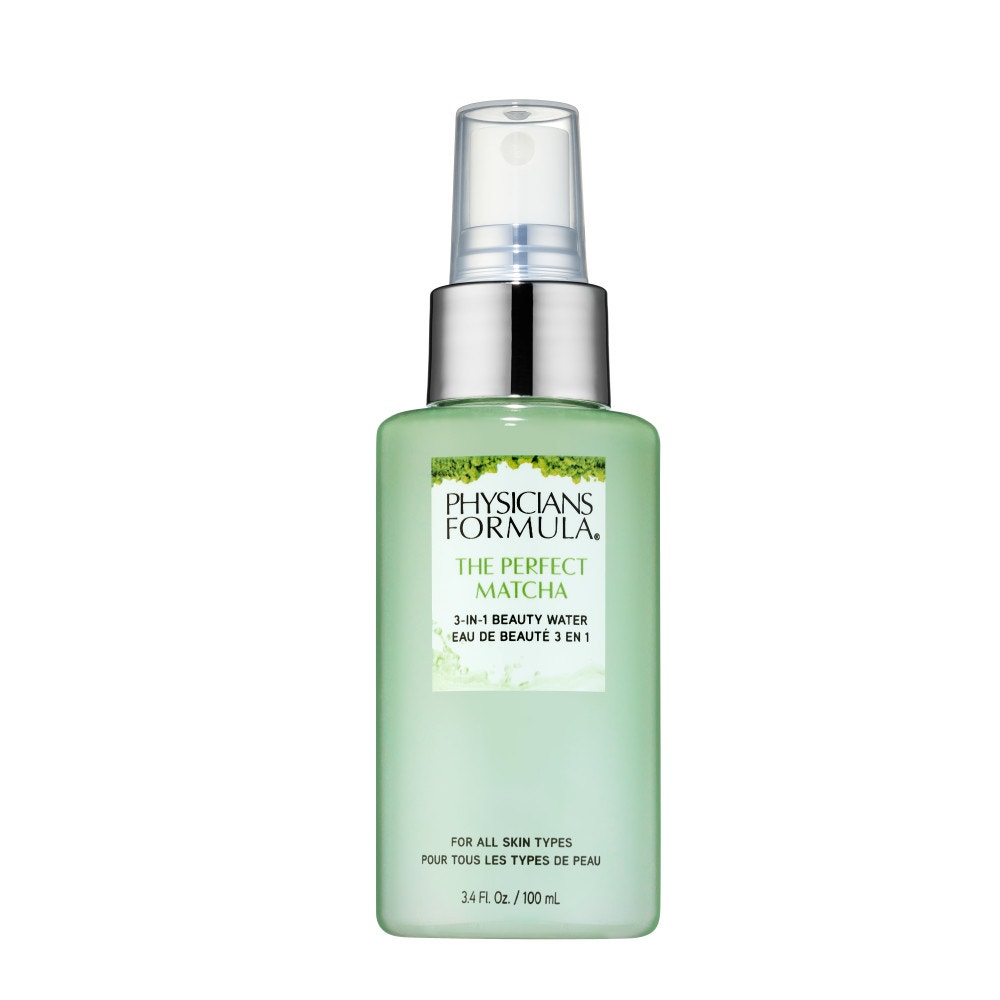As an Amazon Associate, I may earn a commission from qualifying purchases. Please note that you are never charged any extra for that.
The formula for beauty is subjective and varies across individuals based on cultural and personal preferences. However, certain features like symmetry, clear skin, and proportionality are often associated with attractiveness.
In today’s society, the concept of beauty has evolved to include diverse body types, ethnicities, and expressions of individuality. Beauty is not solely determined by physical appearance, but also by qualities like confidence, kindness, and authenticity that radiate from within.
Embracing self-acceptance and embracing all forms of beauty can contribute to a more inclusive and empowering definition of beauty.

Credit: www.physiciansformula.com
Table of Contents
The Role Of Symmetry In Beauty
Symmetry plays a pivotal role in defining beauty. Facial symmetry, in particular, greatly influences how we perceive attractiveness. The human brain naturally gravitates towards symmetrical faces, finding them inherently pleasing to look at. Scientific studies have consistently shown that people with more symmetrical faces are generally perceived as more beautiful.
This perception of beauty based on symmetry is not limited to any specific culture or ethnicity. It is a universal marker of beauty that transcends physical boundaries. Symmetry in facial features is believed to signify good health and genetic fitness, which are attractive traits in potential mates.
Therefore, individuals with facial symmetry tend to be seen as more desirable and attractive. Understanding the role of symmetry in beauty can provide insights into human preferences and help us appreciate the complexity of our perception of attractiveness.
The Golden Ratio: Unlocking The Key To Beauty
The golden ratio, a mathematical concept, holds the key to understanding beauty. Its applications in art and aesthetics are numerous, leading to harmonious and visually appealing creations. This ratio, also known as the divine proportion, can be found in nature, architecture, and even the human face.
Painters, sculptors, and architects have long utilized this formula to create visually pleasing compositions that captivate the viewer’s eye. In art, the golden ratio helps achieve balance, symmetry, and a sense of proportion, resulting in aesthetically pleasing masterpieces. Beyond art, the golden ratio has made its way into the beauty industry, where it is used as a guide for facial symmetry and proportions.
As we delve deeper into the mathematics behind this ratio, it becomes clear why it holds such significance in the world of beauty and aesthetics.
Cultural Perspectives On Beauty: Beyond Symmetry And Proportions
Cultural perspectives on beauty go beyond symmetry and proportions, embracing diversity and varying standards worldwide. Different cultures influence how we perceive beauty. Evolutionary psychology also plays a role in our perception of beauty. Several psychological factors contribute to how we perceive beauty.
Social media has a significant impact on shaping beauty standards. From western ideals to traditional customs, beauty is a complex and multifaceted concept influenced by various factors.
Frequently Asked Questions
What Factors Contribute To Beauty?
Beauty is influenced by various factors, including symmetry, clear complexion, healthy hair, and overall physical attractiveness. Additionally, confidence, personality, and a positive mindset can enhance one’s perception of beauty.
Can Beauty Be Measured Objectively?
Objective beauty cannot be accurately measured since beauty standards vary across cultures and individuals. However, certain scientific studies suggest that symmetrical facial features and a clear complexion are generally perceived as more attractive.
Does Beauty Affect Self-Esteem?
Yes, beauty can impact self-esteem. Society often places a significant emphasis on physical appearance, leading individuals to correlate their beauty with their self-worth. However, it is important to recognize and appreciate inner qualities and personal achievements for a healthier self-esteem.
Conclusion
As we delve into the question of what makes someone beautiful, it becomes evident that beauty is not a one-size-fits-all concept. Rather, it is a subjective and multifaceted phenomenon that varies across cultures, societies, and individuals. While society may have its own opinions and standards of beauty, it is essential to recognize that these standards are constantly evolving and influenced by various factors.
And instead of conforming to societal norms, we should celebrate and embrace our uniqueness, for true beauty lies in self-acceptance and confidence. It is also crucial to remember that beauty extends beyond physical appearance and encompasses qualities such as kindness, compassion, and intelligence.
So, rather than searching for a formula for beauty, let us embrace the diversity and individuality that makes each of us truly beautiful in our own way. Let us redefine beauty and appreciate the beauty that resides within ourselves and others.
Leave a Reply